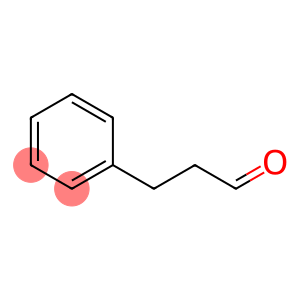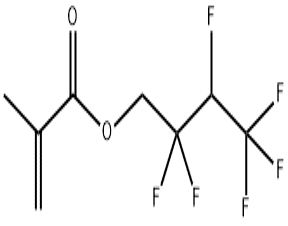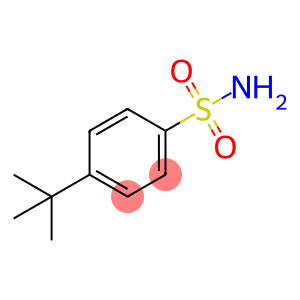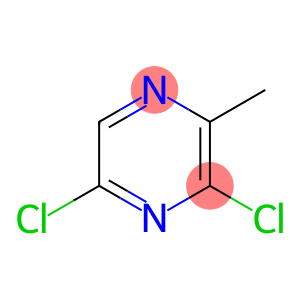3-Phenylpropionaldehyde(CAS#104-53-0)
| Hazard Symbols | Xi – Irritant |
| Risk Codes | R36/38 – Irritating to eyes and skin. R36/37/38 – Irritating to eyes, respiratory system and skin. |
| Safety Description | S26 – In case of contact with eyes, rinse immediately with plenty of water and seek medical advice. S36 – Wear suitable protective clothing. S37/39 – Wear suitable gloves and eye/face protection |
| WGK Germany | 2 |
| RTECS | MW4890000 |
| FLUKA BRAND F CODES | 10-23 |
| TSCA | Yes |
| HS Code | 29122900 |
| Toxicity | LD50 orally in Rabbit: > 5000 mg/kg LD50 dermal Rabbit > 5000 mg/kg |
Introduction
Phenylpropionaldehyde, also known as benzylforme. The following is an introduction to the properties, uses, preparation methods and safety information of phenylpropionaldehyde:
1. Nature:
- Appearance: Phenylpropional is a colorless liquid that can sometimes be yellow.
- Smell: with a special aromatic aroma.
- Density: relatively high.
- Solubility: Soluble in many organic solvents, including alcohols and ethers.
2. Usage:
- Chemical synthesis: Phenylpropionaldehyde is one of the important raw materials for many organic synthesis, which can be used to prepare a variety of organic compounds.
3. Method:
- Acetic anhydride method: Phenylpropanol is reacted with acetic anhydride under acid-catalyzed conditions to produce phenylpropylacetic anhydride, which is then devinegared to benzyl acetic acid, and finally converted to phenylpropional by oxidation.
- Response mechanism method: Phenylpropyl bromide is reacted with a mixture of sodium cyanide and sodium hydroxide to generate phenylpropionazone, which is then hydrolyzed by heating to obtain benzylamine, and finally oxidized to phenylpropionaldehyde.
4. Safety Information:
- Phenylpropional is irritating and corrosive, contact with skin and eyes should be avoided, and protective gloves and goggles should be worn if necessary.
- During use and storage, attention should be paid to the risk of fire prevention and static build-up.
- Phenylpropionaldehyde may cause harm to the environment, and appropriate environmental protection measures should be taken to deal with it when it leaks.








